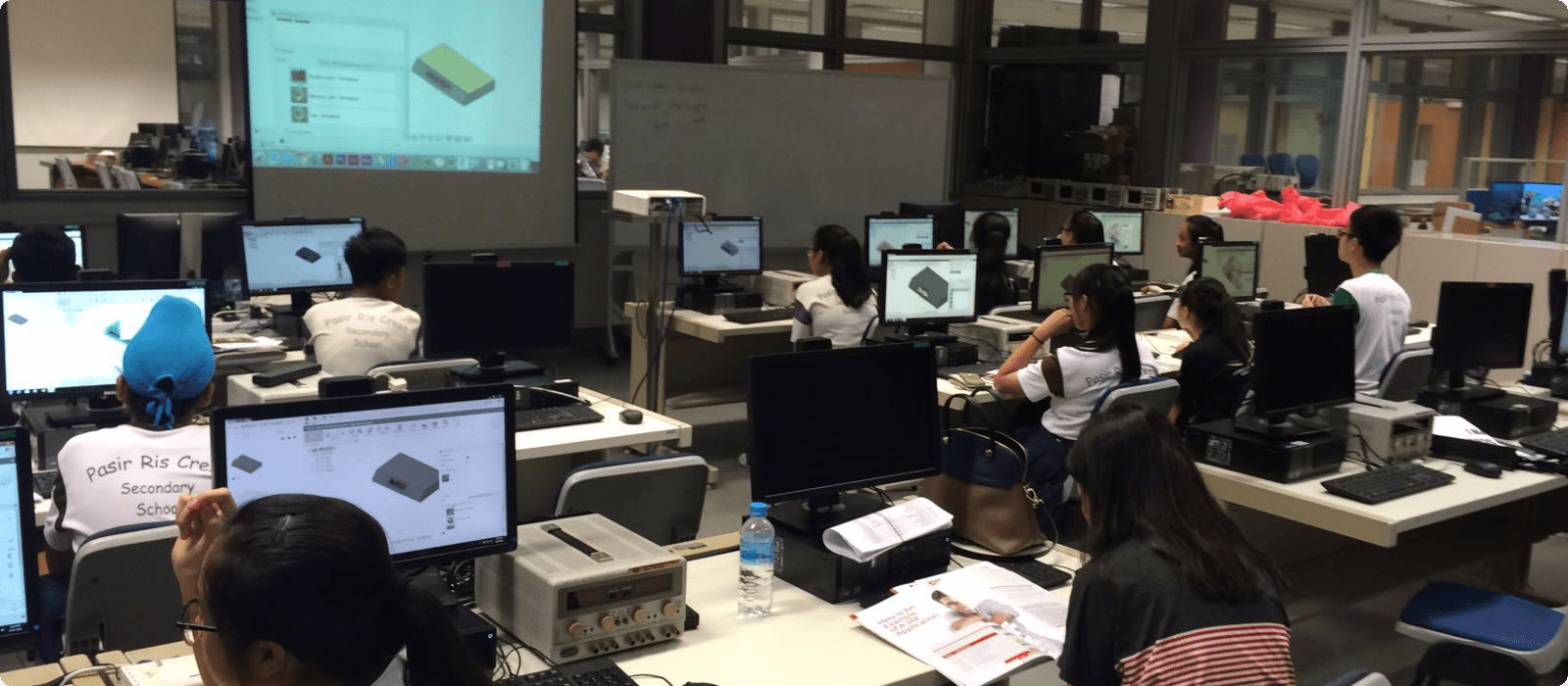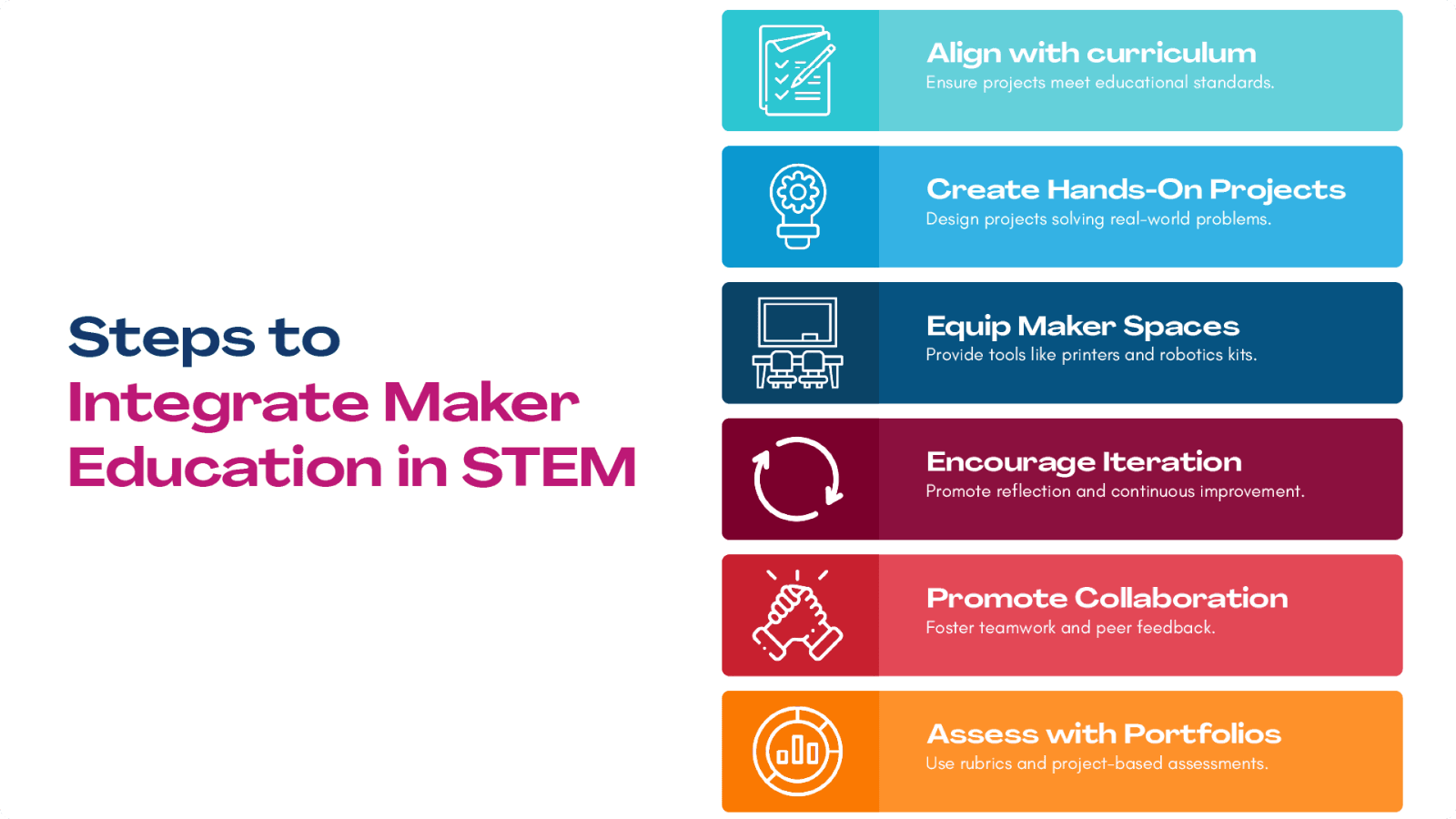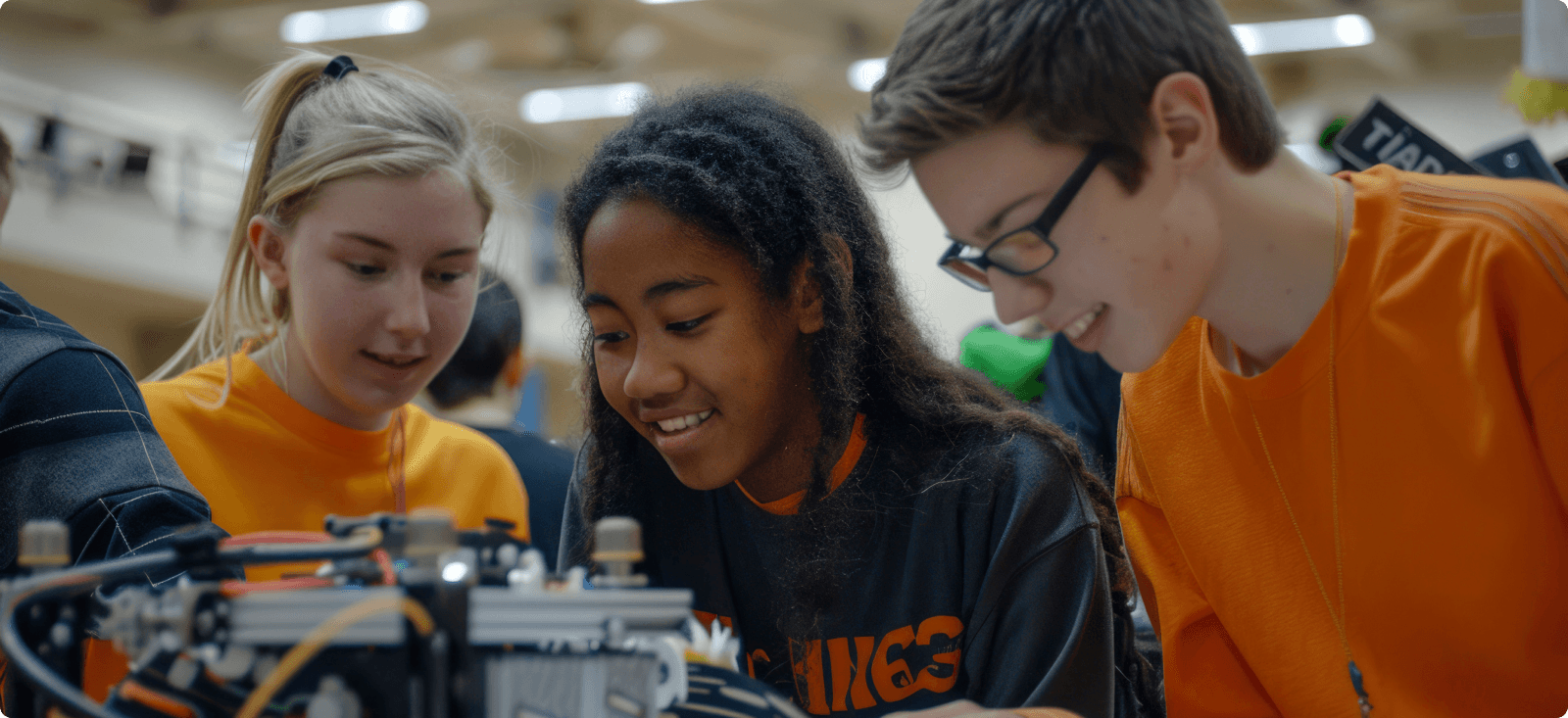
Sparking Innovation in the Classroom
Picture a classroom where students aren't just absorbing knowledge but actively building it. This is the essence of maker education—a cutting-edge approach that turns traditional classrooms into dynamic spaces of innovation, problem-solving, and collaboration. In an era dominated by rapid technological advancements, this approach is no longer just an option; it's essential for preparing the next generation of creative thinkers, doers, and innovators.
Why Maker Education Matters for K-12
1. Active Learning, Not Passive Listening
In traditional education, students often sit back and absorb information. With maker education, however, they become creators of their learning experiences. By diving into hands-on projects, they gain a deeper understanding of STEM subjects, fostering a passion for lifelong learning.
2. Building Critical 21st-Century Skills
Through project-based learning, students develop essential skills like creativity, teamwork, critical thinking, and problem-solving—traits that are increasingly valuable in a tech-driven world. These skills don't just prepare students for future careers; they equip them to navigate a rapidly changing global landscape.
3. Closing the Gender Gap in STEM
Maker education helps level the playing field by providing equal opportunities for all students to explore STEM fields. By encouraging participation from traditionally underrepresented groups, especially girls, it fosters a more inclusive environment that promotes diversity in STEM careers.
Integrating Maker Education and STEM: A Step-by-Step Guide
1. Active Learning, Not Passive Listening
In traditional education, students often sit back and absorb information. With maker education, however, they become creators of their learning experiences. By diving into hands-on projects, they gain a deeper understanding of STEM subjects, fostering a passion for lifelong learning.
2. Building Critical 21st-Century Skills
Through project-based learning, students develop essential skills like creativity, teamwork, critical thinking, and problem-solving—traits that are increasingly valuable in a tech-driven world. These skills don't just prepare students for future careers; they equip them to navigate a rapidly changing global landscape.
3. Closing the Gender Gap in STEM
Maker education helps level the playing field by providing equal opportunities for all students to explore STEM fields. By encouraging participation from traditionally underrepresented groups, especially girls, it fosters a more inclusive environment that promotes diversity in STEM careers.
Integrating Maker Education and STEM: A Step-by-Step Guide

The Rise of Maker Education and STEM Curriculum
1. Aligning Projects with Curriculum Goals
While creativity is at the heart of maker education, it's crucial that projects meet educational standards. Schools can align maker projects with STEM learning objectives, ensuring that students gain both practical experience and academic knowledge.
2. Designing Real-World, Hands-On Projects
Maker education shines when students apply their knowledge to real-world problems. Interdisciplinary projects—combining subjects like math, science, and art—help students see how their learning connects to life outside the classroom.
3. Equipping Classrooms with Maker Spaces
Maker spaces provide the physical and technological resources students need to succeed. Whether it's a corner of the classroom or a dedicated room, maker spaces offer a haven for creativity and innovation.

Overcoming Challenges in Maker Education
While the benefits of maker education are clear, there are still hurdles to overcome. Here are a few common challenges and solutions:
1. Limited Resources and Funding
Many schools face budget constraints, making it difficult to invest in maker education tools. Solutions include applying for grants, partnering with local businesses, or tapping into community resources to fund STEM projects and maker spaces.
2. Teacher Training and Professional Development
Teachers need adequate training to implement maker education effectively. Workshops, online courses, and mentoring programs can help educators gain the skills and confidence they need to guide students through hands-on STEM learning.
Unlocking the Future of Education: The Power of Maker Education
Maker education is more than just a trend—it’s a transformative approach that prepares students to be the creative problem-solvers, innovators, and leaders of tomorrow. By integrating maker education into K-12 curriculums, we can inspire a passion for learning that extends beyond textbooks and standardized tests, fostering the next generation of makers and thinkers.
Bring the magic of maker education to your school today!
Explore our comprehensive range of services, tools, and products designed to enrich your STEM curriculum and inspire your students to become lifelong learners. Don't miss out on exclusive tips and updates—subscribe to our newsletter for the latest in maker education!
Found this article helpful?
Share it with your colleagues and help spread the word about the transformative power of maker education in K-12 classrooms!
